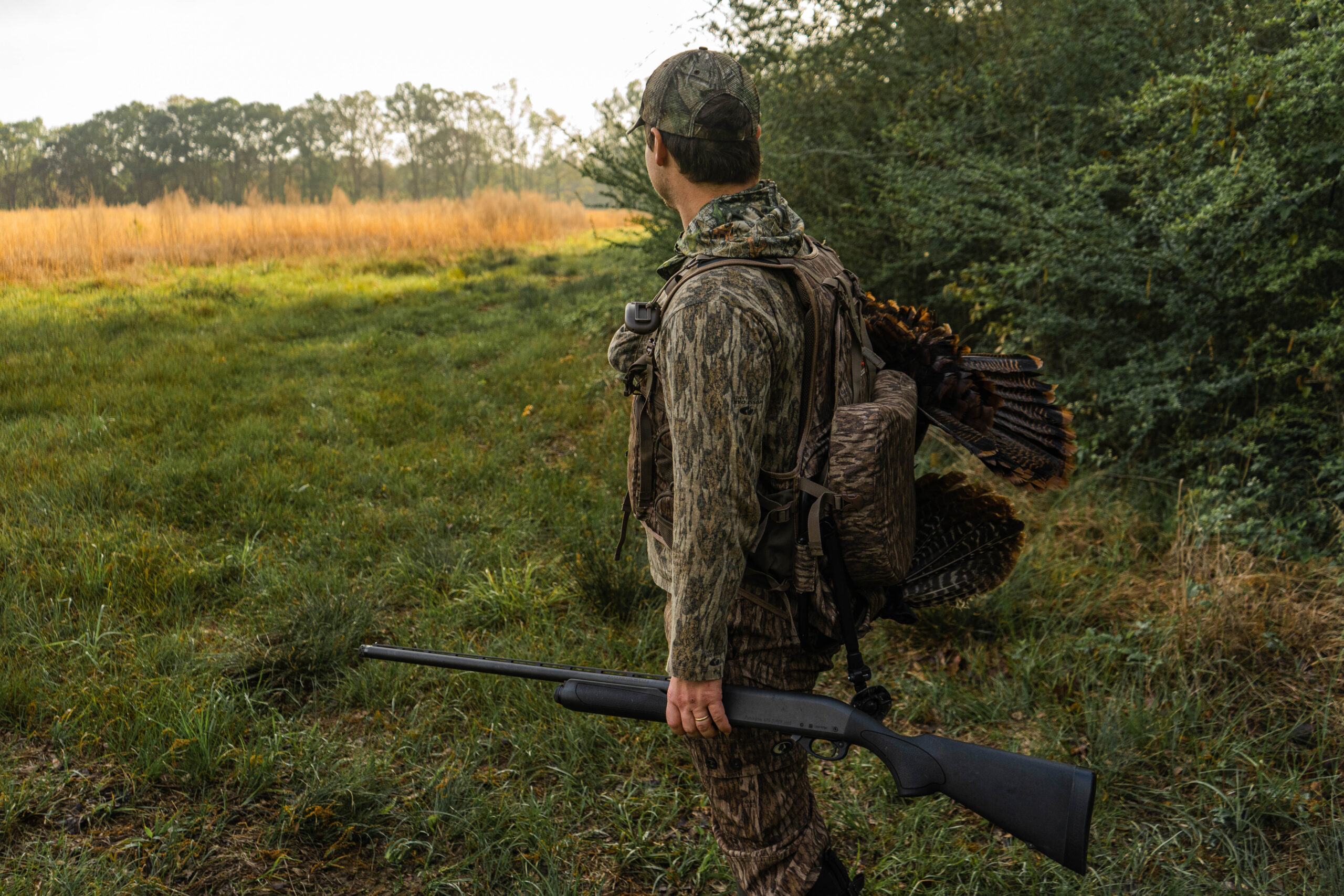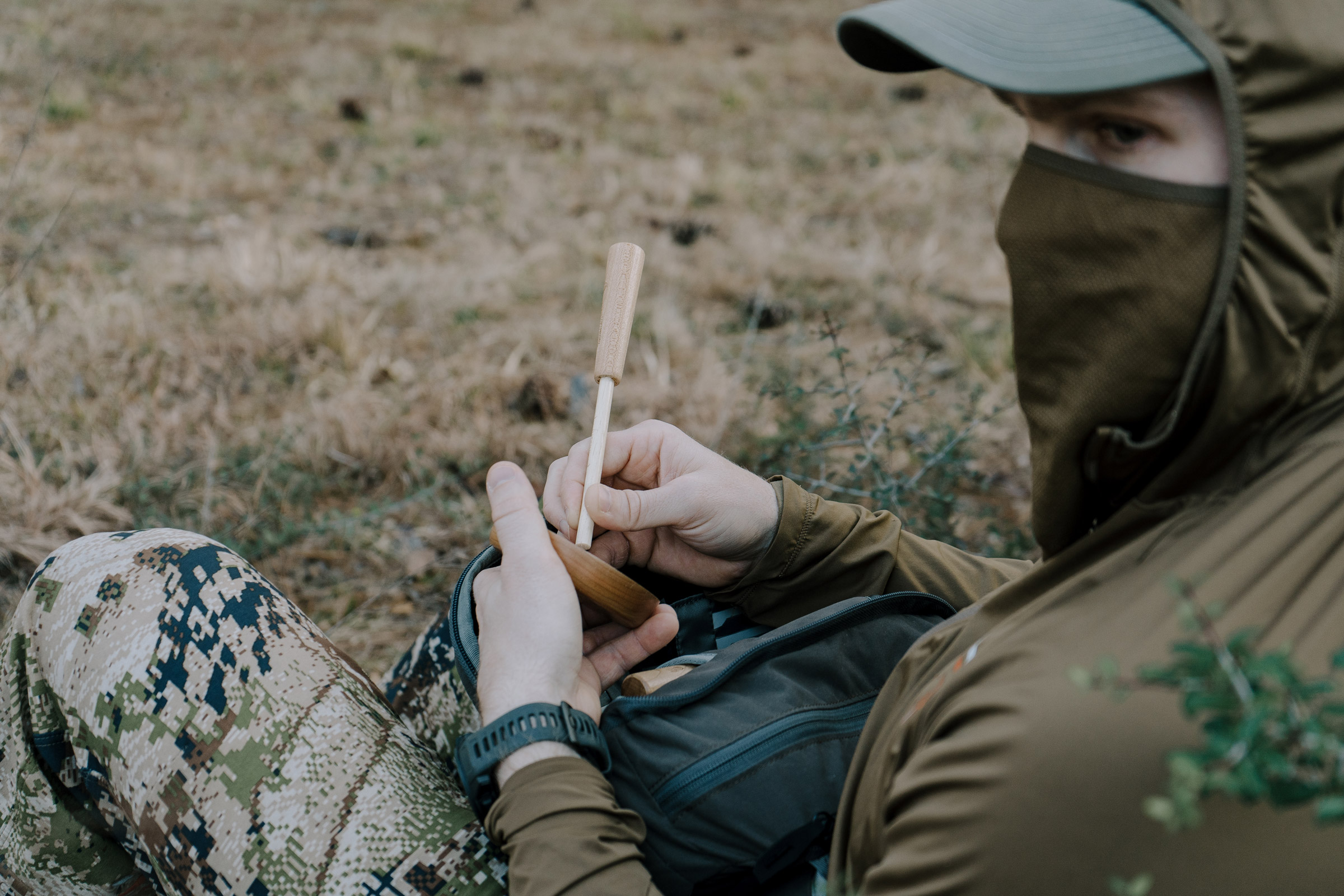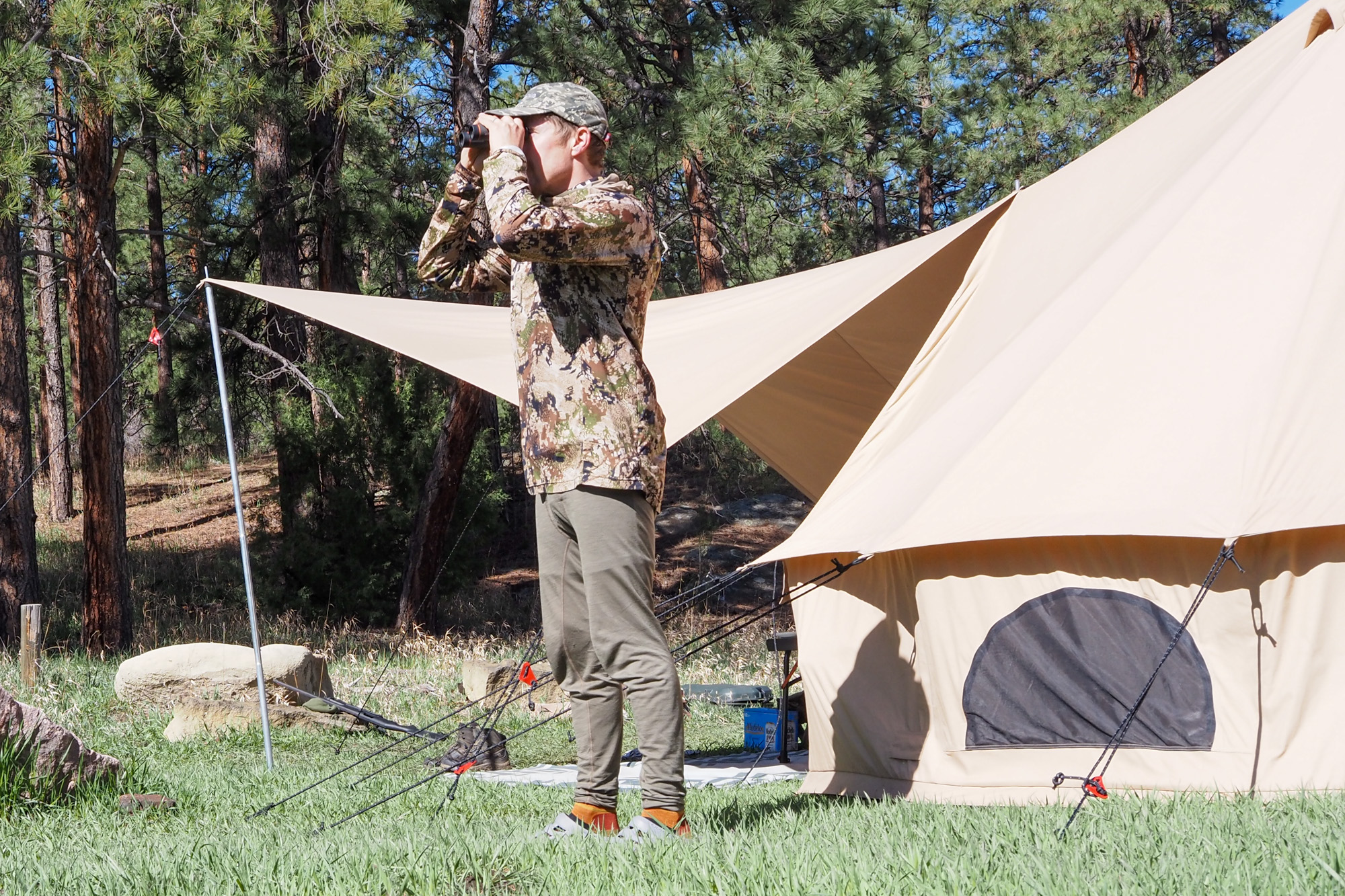Turkey hunting can get a bit dreary as the season runs on. Like most wild game seasons, the shimmer of opening day has faded, gobbles have become less frequent, and the needle on your motivation gauge probably sits on E. But there is a bright side to the latter weeks of turkey season. Most hunters have either tagged out, turned their attention to fishing, or sworn off the sport completely. In theory, this means less competition. Unfortunately, most of the “easy” turkeys are gone, and the wary, old gobblers or skittish two-year-olds seem reluctant to gobble at best.
Still, the late season can be a great time to bag a longbeard. The past two years, I’ve been fortunate enough to take a gobbler the last week of each season. Gobbles were seldom, and the tactics required a bit of creativity, but they were some of the most rewarding hunts I’ve had to date. Here are a few tips to bag a last-minute tom.
Cover Ground
Though not always the case, you’ll need to put some distance between you and the parking lot to strike a gobbler. A lot of hunters won’t hike several miles at the beginning of the season, much less after a long month of hunting. If you haven’t already, e-scout potential roost sites that are at least a half-mile from any roads or access points. Treat this scouting the same way you would if you were planning an out-of-state turkey hunt. Look for open, old-growth timber stands with ridgelines, multiple terrain features, or ones that border private ag fields. Then, get ready to run-n-gun.
Pull a Turkey Hunting All-Dayer
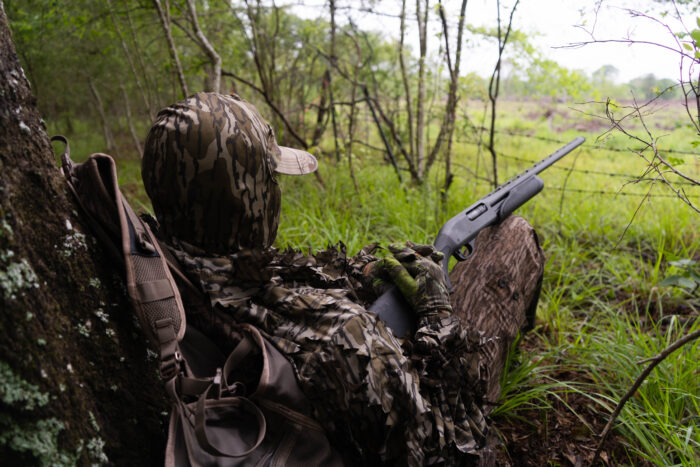
Most turkey hunters call it quits when the gobbling slows down, but mid-morning to afternoon can be a sweet time to strike a lonely tom. If your first spot doesn’t work out, pull up stakes and head to another property or public ground. You’ll likely find parking lots at your nearest national forest vacated well before noon. Of course, you’ll want to check local regulations if your season has a midday cutoff.
Call Less Frequently
You can’t read any turkey literature without the mandatory plea to call less. While I do believe there’s a time and place to go toe-to-toe with a fired-up gobbler, the late season isn’t it.
Assuming your opening season lines up with peak breeding, most gobblers aren’t as eager as they were opening morning. Couple that with weeks of hunting pressure, and you’ll quickly find that most longbeards gobble less. No matter how many times you cutt, cackle, or yelp, he’s probably going to be reluctant to respond — at least audibly. If he does decide to commit to your calls, it’ll be silent. If you strike a bird and he goes quiet, keep the calling and moving to a minimum. He’s probably headed your way.
Subtle calling can be the way to a late-season gobbler’s heart. He’s heard every call in the book by this point. Soft clucks, purrs, and strategically timed scratches can put him at ease.
Get Close to the Roost
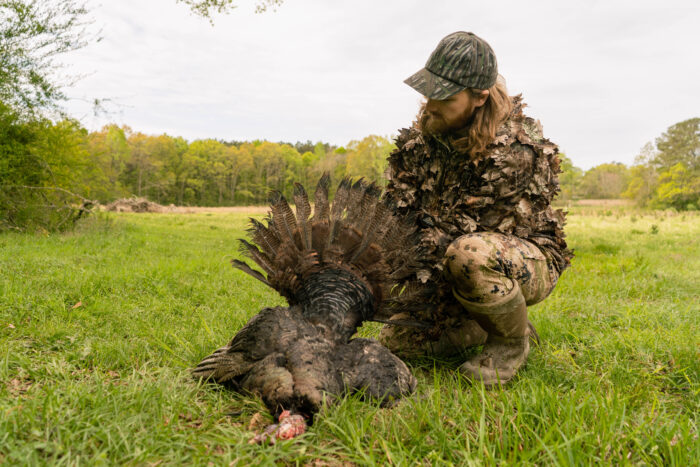
Of all the late-season birds I’ve killed, getting tight to the roost played a huge role in the success. This is an aggressive tactic, especially if you’re making a move after he gobbles, but a tom is more likely to come check you out if he doesn’t have to cross a country mile to get there. Terrain, foliage, and daylight dictate how close you can get, but if you can sneak within 100 yards of his roost tree, you’re giving yourself a greater chance.
Subtle, infrequent calling definitely applies here. Even if he doesn’t respond to your soft clucks or tree yelps, he hears you. You don’t have to make him cut you off, as fun and tempting as that seems. This is also a great time to mimic a fly-down if you can get away with the movement.
Setup on Ambush Sites
Sometimes, no matter how much subtle or excited calling you do, a gobbler just isn’t interested. If you’re still holding onto a tag the last week of turkey season, your best efforts might be to locate strut zones or travel routes and sit over them. Though not as exciting as watching a tom strut and gobble into shotgun range, it can be predictably effective. Strut zones could be a certain field edge, ridge top, or creek bottom that turkeys frequent. These can be tough to locate at this point in the season, but glassing field edges or a quick scouting trip can help you locate them.
For travel routes, dip into your deer scouting techniques. Think about pinch points in the big woods or trails that lead from timber into fields. You can also check for tracks crossing dirt roads and backtrack the likely route into the timber. Once you pin down a travel route or strut zone, sit back and get comfortable. Turkey hunting is often just a waiting game.
Final Thoughts on Late-Season Turkey Hunting
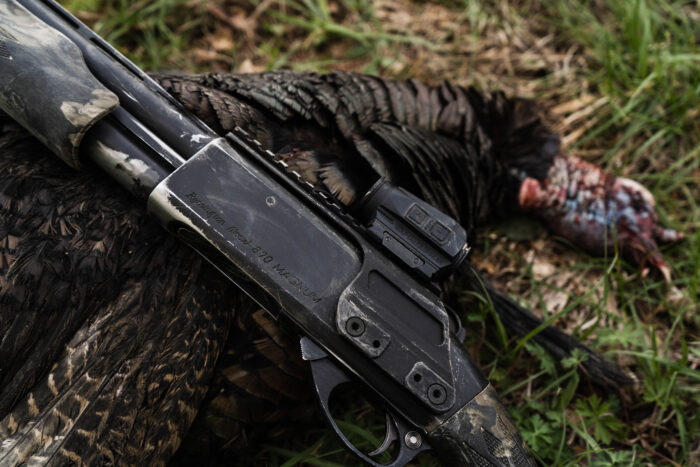
Late-season gobblers (probably) won’t throw all caution to the wind and come running to your setup, but that doesn’t mean they’re invincible. Creativity and patience go a long way at this point in the season. Include those two into your tactics, and you’ll have a decent shot at filling your tag in the eleventh hour.
